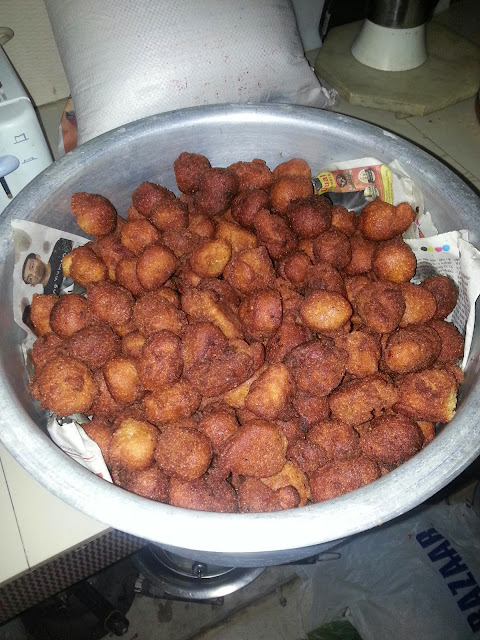Final Thoughts:
- According to Wikipedia, India has 28 states, 7 union territories, 22 official languages, 26 "other" languages and more than 6 religions.
- Contrast throughout the country: "Big city life" of Delhi vs small town in UP, Himalayas in Himachal vs beaches in Goa, Thar desert in Rajasthan vs farms in Jharkhand, modern development vs ancient structures and practices, rich vs poor.
- Some think I love India too much. My excuse: Emotions, celebrations, food, family and religion are all combined and dependent on one another. There aren't too many countries that have this. This blog was just an excuse for me to attempt to articulate this passion of mine.
- When people describe India they only say how crowded and dirty it is, conveniently ignoring that dirty little secret: Its beautiful. Those who have seen the Taj or Shimla in winter (with snow) will agree.
- I think that those who refuse to give India a chance are not necessarily scared of India; they're actually scared of what they may find out about themselves. Scared that they will not be smart enough and strong enough to go through what 1.3 Billion people go through on a daily basis.
- "Jugaad" is a Punjabi-Hindi word which basically means "a quick work-around or improvisation". I think this is India's greatest strength as well as its greatest weakness: Strength because people are able to adjust to the perpetually-changing environment around them, allowing India, with its massive population, to operate. One example of this happened in Tanda (small town in UP). When all the water had been used up and there was no electricity, my family was able to take a bucket next door, fill it up using the old hand-pump and then warm it over an open fire so we could shower. If this happened in another country, chances are that not many of us would know how to react and some would probably act as if its the biggest problem in the world. However, "Jugaad" is a major weakness because these adjustments, and this mentality doesn't provide a solution for the root cause of problems.
- Message to India: While stereotyping is fun, it shouldn't be Punjabis vs Bengalis, Delhiites vs Mumbaikars, North vs South. Whatever the goal is, it should be done together with a united front. I'm sick of having a new state carved out every five years.
- Message to the world: Give India a chance. There really is something for everyone. I think you'll be pleasantly surprised. And if you don't want to give it a chance - that's also fine, but please keep your negativity to yourself. With a population exceeding 1.5 Billion (including those who have left the motherland in search of a "better" life), there are enough people who have negative things to say about India without actually providing a solution or trying to do anything about it.
 some mouth watering delights which deserve mentioning - Chicken lolipops, kabli mutter chaat, bhel puri, imirti, kachi tikkia, zarda and jelebi
some mouth watering delights which deserve mentioning - Chicken lolipops, kabli mutter chaat, bhel puri, imirti, kachi tikkia, zarda and jelebi








